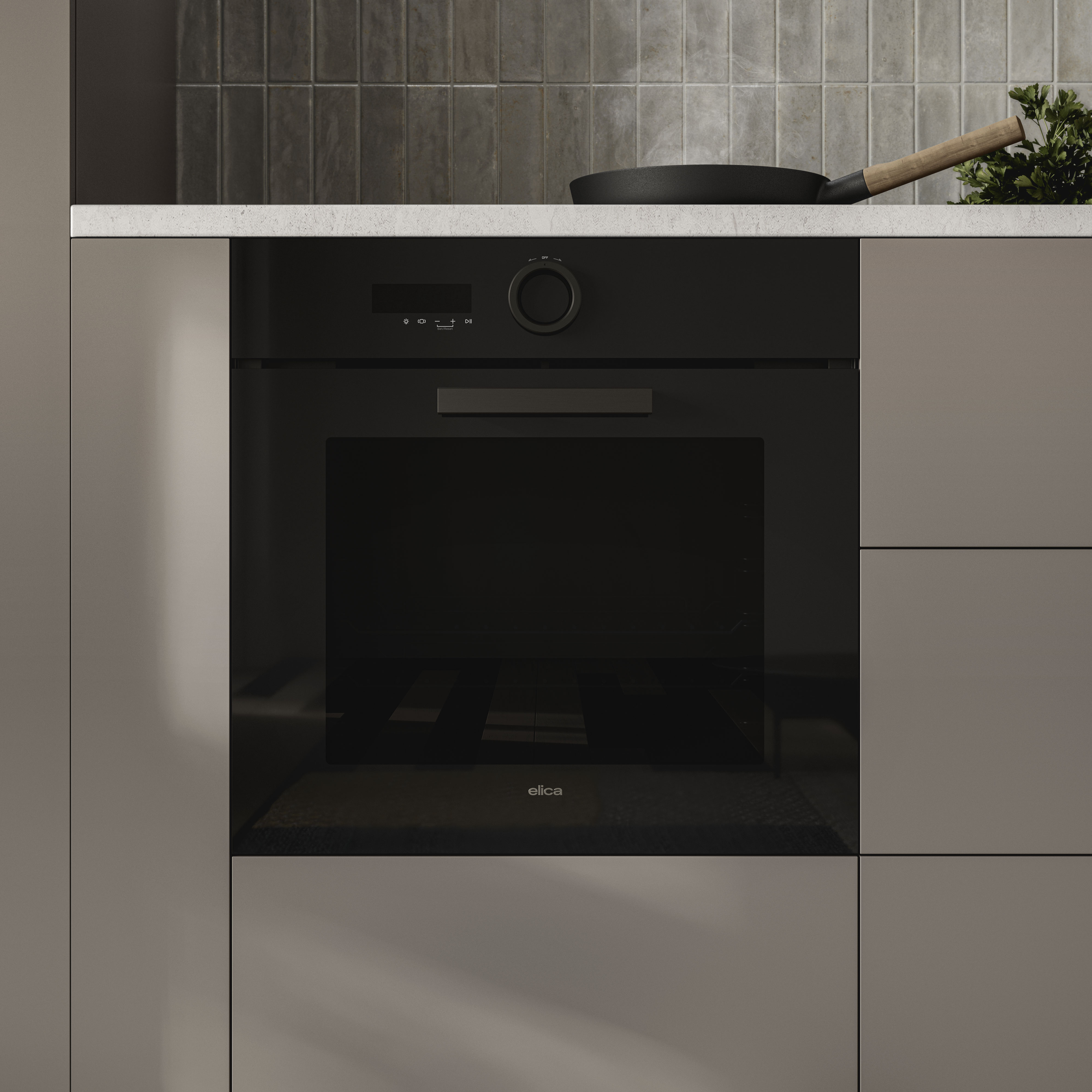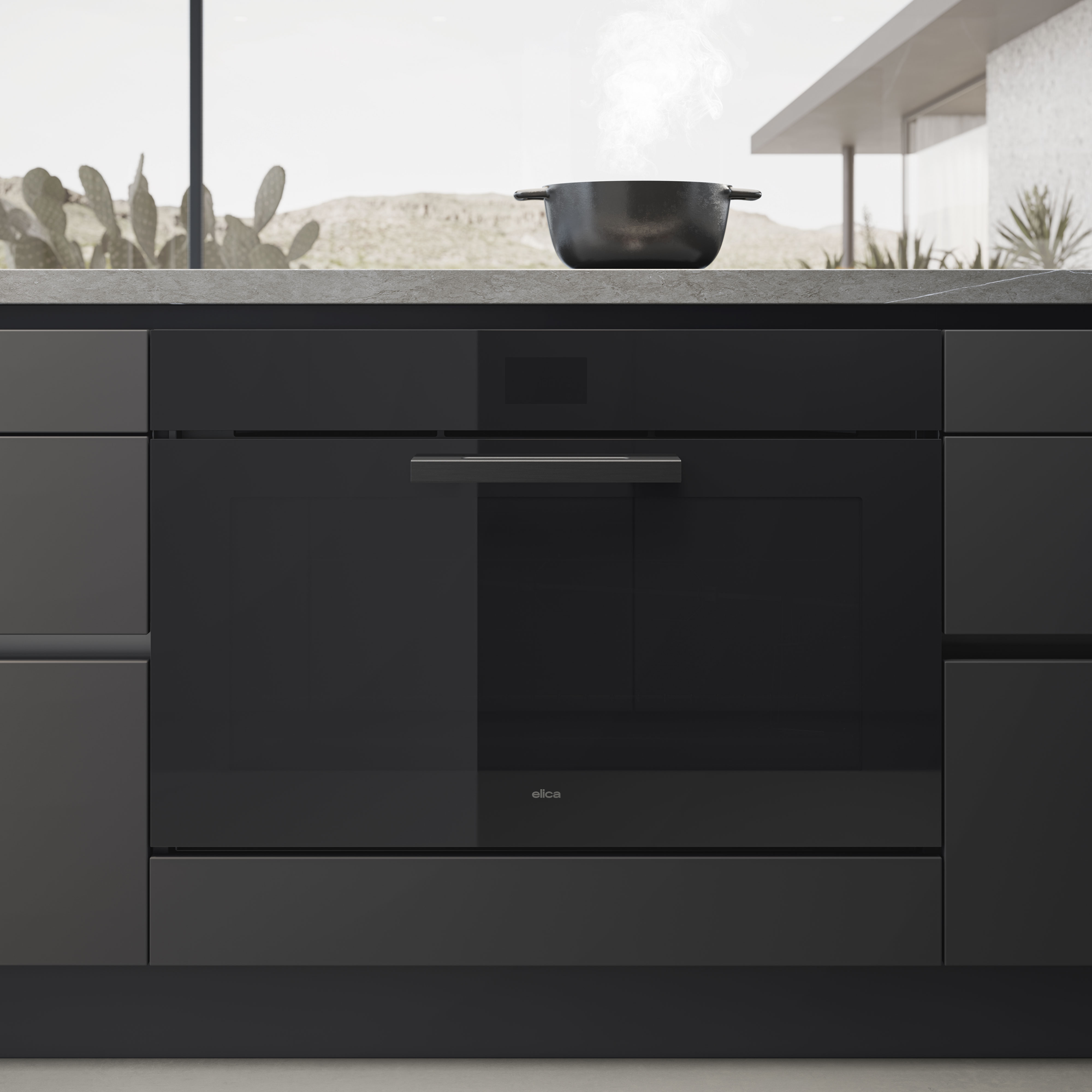
It’s a question many people ask, especially when upgrading their kitchen (or just buying an oven). There is a big difference between the two, and each type has its own advantages.
But it's worth pointing out that many modern ovens on the market are equipped with both conventional and convection cooking modes.
Conventional or convection oven: differences
The key difference between conventional and convection ovens lies in their operating technology. Let's break it down:
-
a conventional oven uses radiant heat produced by electric heating elements located at the top and bottom of the oven cavity
-
a convection oven uses a fan inside that evenly circulates hot air produced by electric heating elements, throughout the oven cavity
-
a combi oven gives you the option to use either of these cooking modes.
The two types are different when it comes to energy use and baking results.
Conventional or convection oven: energy consumption
The ideal solution would be to have the option to choose the mode each time, so as to save energy and keep utility bills down. Here’s why:
-
a conventional oven uses more energy than a convection oven
-
a conventional oven requires 20-25° higher temperatures than a convection oven for baking the same dish. It also takes longer to cook and uses more energy
-
on average, a class A oven consumes around 1 kWh per hour at 200°C
-
note that an oven uses the most energy during the preheating stage
A combined oven allows you to select the mode based on the dish you’re preparing. That’s a real benefit both in terms of the final result and energy savings.
Speaking of energy consumption: many ovens are available in energy class A and A+, which use less electricity and have a lower environmental impact.
Conventional or convection oven: baking results
Radiant and convection heat in the oven work differently: both have their advantages and disadvantages. For example:
-
with a conventional oven, you can only bake one dish at a time, placed on the rack nearest to the heating element in use. Baking takes longer but is more targeted
-
with a convection oven, you can bake several dishes at the same time as the heat is evenly distributed throughout the oven cavity. Food cooks faster and more evenly
Convection or conventional oven: the ideal recipes
The same dish can yield very different results depending on whether it’s cooked using convection or conventional mode. For example:
-
a conventional oven, which cooks more slowly and with targeted heat, is ideal for recipes that need to rise and require moist heat
-
a convection oven, which bakes faster and evenly distributes heat, is perfect for preparing food that you want to be soft on the inside and dry/crispy on the outside
Here are some of the most popular recipes, grouped by type:
-
Conventional oven: ideal for pizza, bread, focaccia, cakes, puff pastry, brioche
-
Convection oven: roasts, meat dishes, vegetables, lasagne, baked pasta, flans, parcels
Conventional or convection oven: pizza and desserts
The best oven temperature for baking pizza at home is 300°C - 320°C (very hot). The conventional setting works best (especially if, like with Elica ovens, you can set the temperature and humidity, even at the highest power setting).
And what about desserts? It depends:
-
the conventional bake setting is typically best for sponge cakes and meringues
-
the convection bake setting is typically best for tarts and biscuits
-
Cream puffs can be baked using either conventional or convection mode.
Conventional or convection oven: symbols
There are several oven setting symbols commonly used regardless of the oven brand.
Conventional oven setting:
-
this is represented by two parallel horizontal lines
-
if the oven has a top-only or bottom-only heating element mode, the symbol shows only one horizontal line (found on the top or bottom, respectively)
Convection oven setting:
-
this is represented by a fan
-
there may be a zigzag line at the top of the icon (which represents the grill function)
Conventional or convection oven: final thoughts
We've covered the differences between the two types of ovens and which dishes come out best using one or the other cooking mode.
The ideal solution is to choose a class A or A+ combi model, like Elica's, which allows you to choose the setting you want to get the most out of your oven, save energy, keep utility bills down, and reduce environmental impact.

